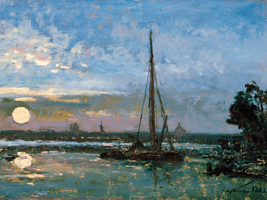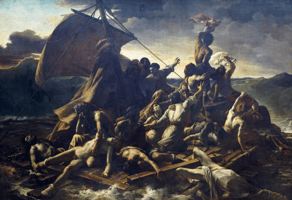The 19th century was a time of great artistic expression and development, with many of the world’s...
Examining Human Body Proportions in the Arts: Exploring the Balance between Representation and Idealism
Art has long been used to express the beauty of the human form. One key aspect of that beauty is in the proportions of the body. From antiquity to the present day, artists have used idealised human body proportions to represent beauty in their artwork. Throughout the ages, there have been various theories regarding the ideal proportions of the human body. The most famous is arguably the “golden ratio” which is believed to have been first formulated by the ancient Greeks.
This ratio states that the ideal human body should have certain proportions in relation to each other. The most famous example is the Vitruvian Man by Leonardo da Vinci, where his figure is measured in relation to a perfect circle and perfect square. In the Renaissance, artists such as Michelangelo and Raphael used the golden ratio to create idealised figures in their artwork.
This was in stark contrast to the Gothic period which preceded it, where the human body was more realistically portrayed. In more modern times, artists have continued to use the golden ratio in their work. In addition, other body proportions have become more popular. For example, the “Heroic Ideal”, which was popularised by the Ancient Greeks, is a proportion often used in comic books and superhero movies.
This figure is characterised by a much larger chest and head than the rest of the body. The use of idealised body proportions in art is a reflection of society’s standards of beauty. It is important to remember that these proportions are not necessarily the only way to portray the human form, and that all body types should be celebrated in art. There is no single “perfect” body proportion, but rather a range of proportions that can be used to depict beauty, depending on the artist’s personal taste.




